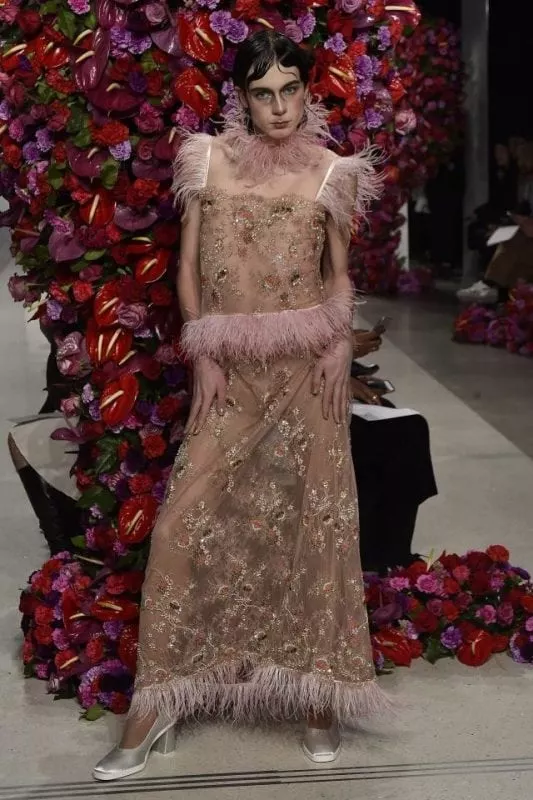Fashion is no stranger to controversy, especially when a designer decides to challenge societal norms. Recently, renowned fashion designer Alejandro Gomez Palomo made headlines with his latest collection presented in New York. The showcase stirred quite a buzz, leaving fashion enthusiasts and skeptics alike wondering: What’s happening to the world of fashion?
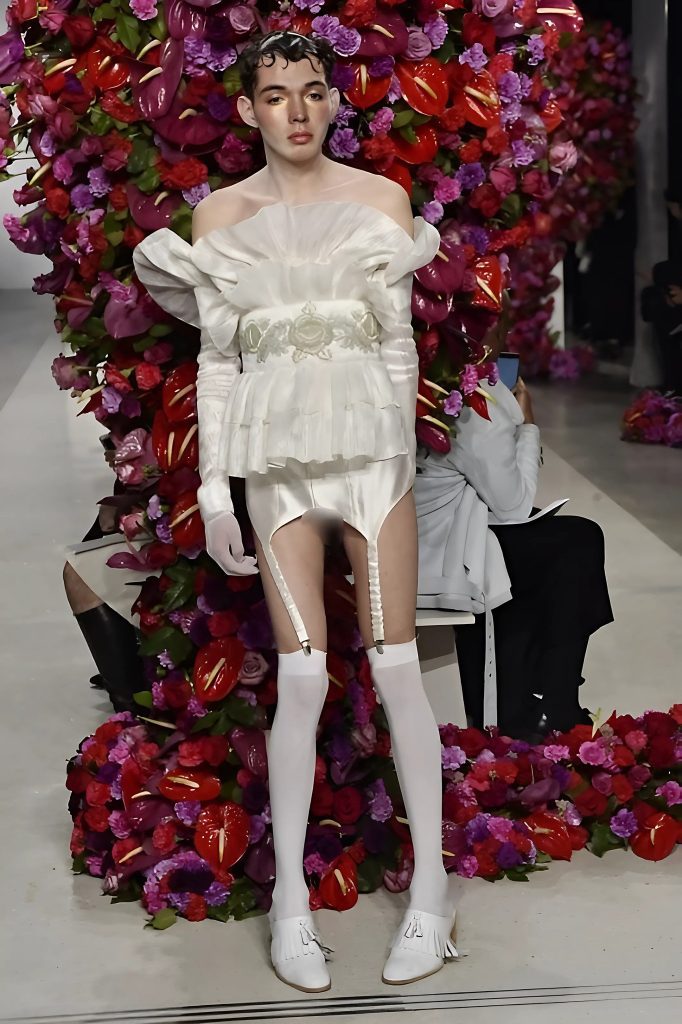
Who is Alejandro Gomez Palomo?
Alejandro Gomez Palomo is not just any designer. He’s the visionary behind the label Palomo Spain, known for blending elements of masculinity and femininity to create pieces that defy traditional gender norms. His works have been embraced by celebrities and high-profile clients who appreciate his fearless approach to fashion.
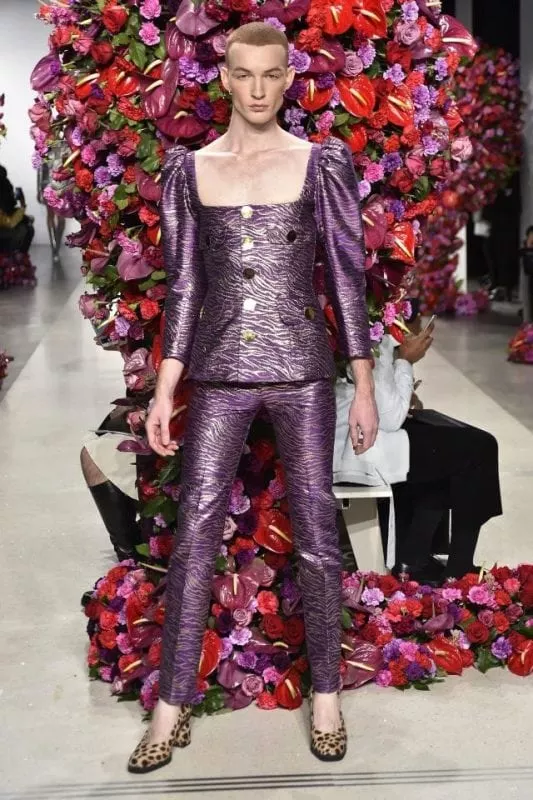
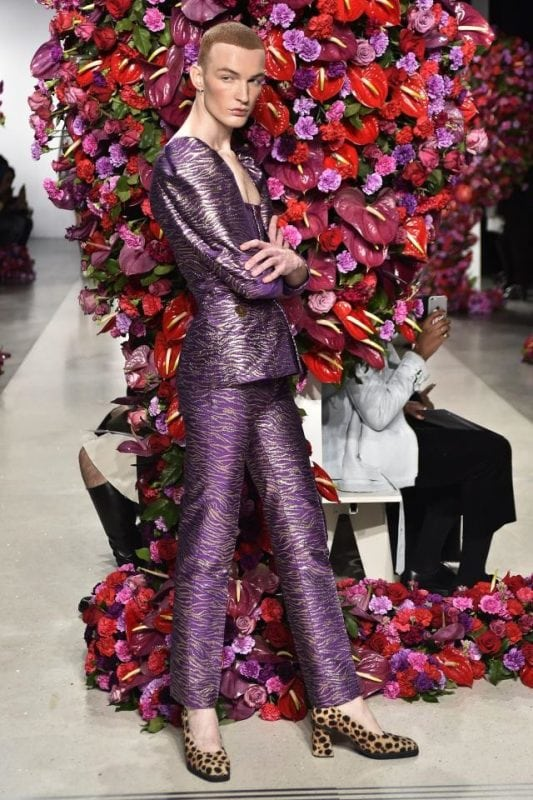
Born and raised in Spain, Palomo’s journey into the fashion world began at a young age. Over the years, he has made a name for himself by pushing boundaries and creating bold, avant-garde designs that challenge conventional ideas about masculinity and femininity.
Video: Palomo Spain spring summer 2024 fashion show
The Bold Statement: Challenging Gender Norms
The latest collection presented in New York was nothing short of revolutionary. Gomez Palomo’s creations blurred the lines between male and female fashion, blending traditionally masculine silhouettes with fabrics and details typically associated with womenswear. Think lace, sequins, flowing fabrics, and structured suits intertwined in a harmonious yet provocative way.
The intention behind the collection was clear: to challenge rigid gender stereotypes. In a world where fashion is increasingly seen as a form of self-expression, Palomo aims to redefine masculinity by presenting men in clothing that society might traditionally associate with femininity.
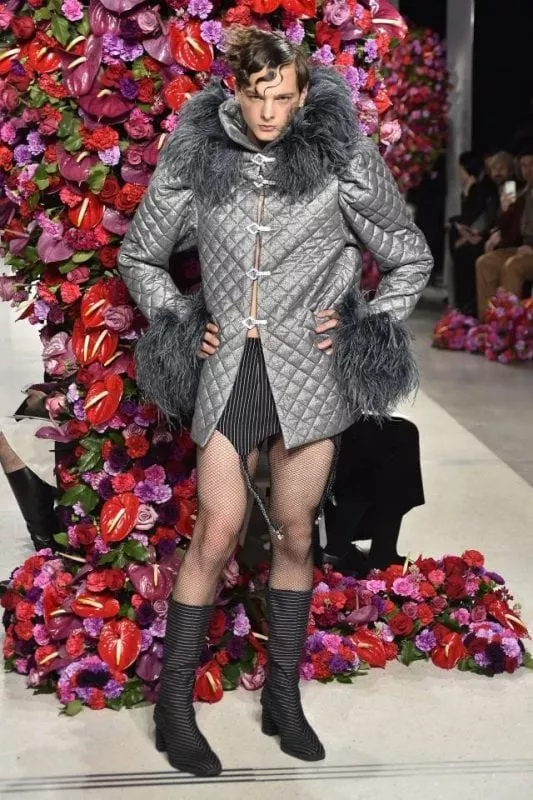
Why the Controversy?
While the fashion world often embraces innovation, not everyone was thrilled with Palomo’s latest presentation. The reaction was mixed, with some applauding the designer’s bravery and others questioning whether such avant-garde styles were necessary or even tasteful.
One of the most common criticisms revolves around the idea that fashion should preserve traditional gender distinctions. To some, seeing men dressed in what is often considered women’s attire felt jarring and uncomfortable. The bold collection was perceived by some as an overstep into redefining gender identity rather than a mere fashion statement.
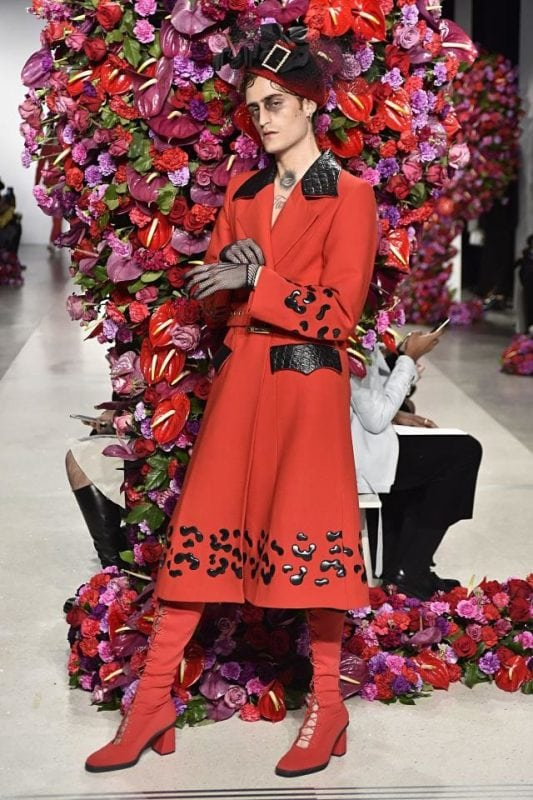
The Western Perspective: Embracing High Fashion
In Western fashion circles, such bold statements are often seen as revolutionary. Many believe that fashion should push boundaries and provoke thought. Alejandro Gomez Palomo’s collection does precisely that. By challenging societal norms, he is forcing viewers to rethink their perceptions of masculinity and femininity.
Yet, this progressive approach to fashion is not universally accepted. While some see it as a step forward in breaking free from outdated stereotypes, others view it as a departure from what fashion should represent. The West, with its more liberal stance on gender fluidity, may embrace such designs, but traditionalists find it hard to connect.
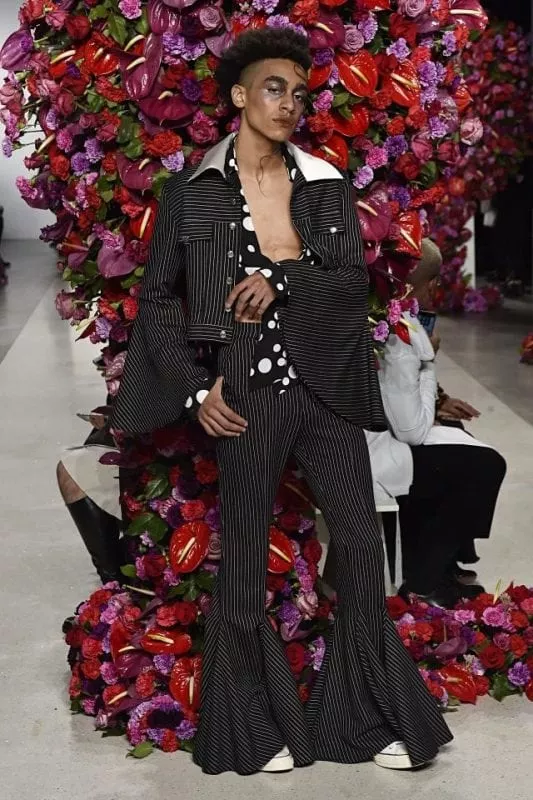
Cultural Divide: Why Some Can’t Relate
In many cultures, traditional gender roles remain deeply rooted, and fashion that blurs these lines can feel alien or even provocative. Palomo’s collection, presented on the grand stage of New York Fashion Week, undoubtedly targeted a global audience. However, it’s clear that not everyone is ready for this kind of change.
The debate here is not just about clothes; it’s about identity and values. Some feel that fashion should uphold certain standards, reflecting the traditional roles of men and women. Others argue that fashion has always been a means of self-expression and that challenging norms is part of its evolution.
Video: Palomo Spain Spring/Summer 2020 Men’s Highlights | Global Fashion News
A Personal Take: Fashion and Identity
Fashion is personal. It’s a reflection of who we are and how we want the world to perceive us. For some, the notion of men wearing lace and flowing garments feels wrong, not because it lacks artistic merit but because it challenges their core beliefs about gender.
On the other hand, the fashion-forward crowd applauds such creativity, seeing it as a celebration of individuality and a necessary push against outdated norms. In a world that is increasingly diverse, why should fashion remain stuck in binary thinking?
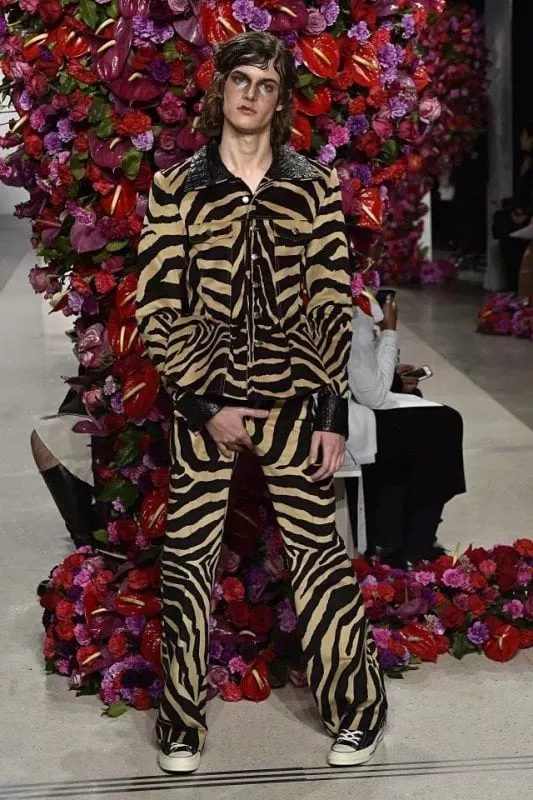
The Reality Check: Are We Ready for Such Change?
The big question remains: Is society ready for such a shift in fashion norms? While the progressive fashion scene in cities like New York may welcome these changes, many parts of the world may still find it controversial.
It’s not just about whether men should wear traditionally feminine clothes but about what those choices represent. For some, masculinity and femininity are distinct and non-negotiable, while for others, these concepts are fluid and ever-changing.
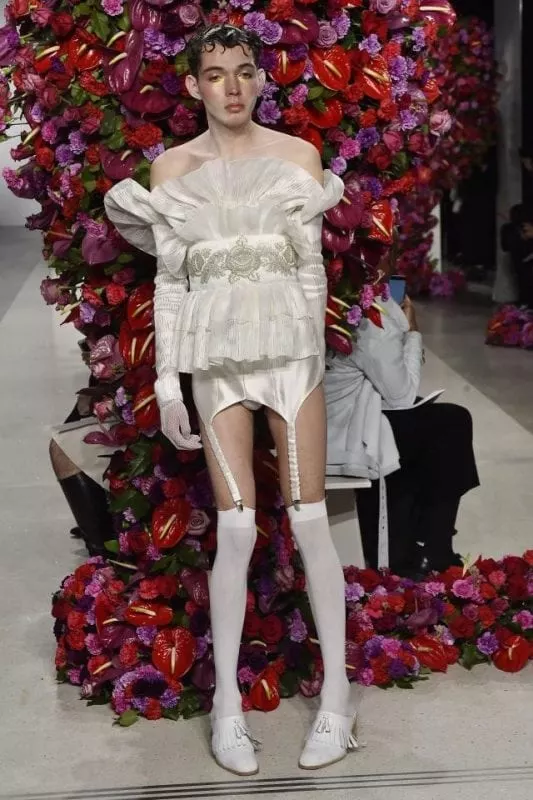
A New Era of Fashion or Just a Phase?
Whether Palomo’s vision will become mainstream or remain a niche expression is yet to be seen. Fashion has a history of evolving alongside social norms. From the rise of gender-neutral fashion lines to the acceptance of fluid aesthetics, today’s designers are more willing than ever to take risks and challenge expectations.
However, whether this collection will resonate beyond fashion capitals remains uncertain. The world may not yet be ready for such a radical reimagining of gendered clothing, but it’s clear that designers like Palomo are not afraid to test boundaries.
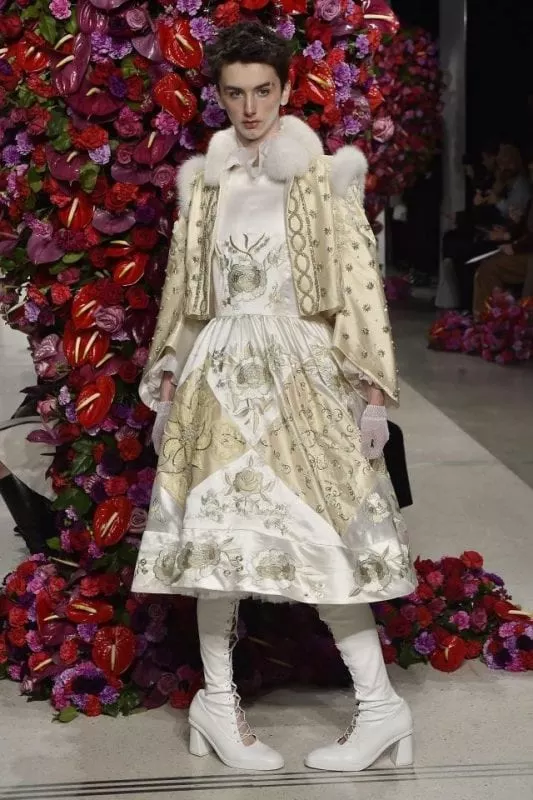
Conclusion: Fashion as a Catalyst for Change
Alejandro Gomez Palomo’s latest collection is more than just a showcase of creativity. It’s a statement on modern identity and a challenge to the binary fashion norms that have long defined how we dress. While some critics might see it as too bold or even controversial, others applaud the designer’s courage to envision a future where clothing is not dictated by gender.
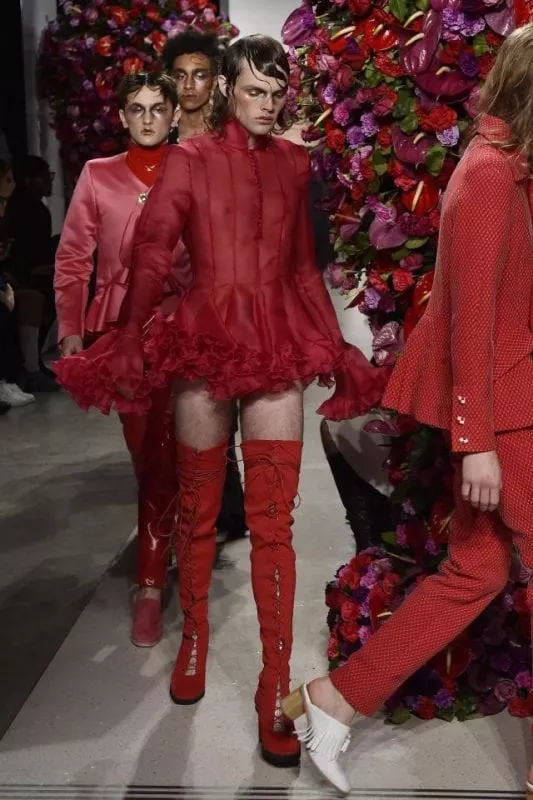
The mixed reactions are a testament to how deeply ingrained traditional views on gender are within society. Yet, as fashion continues to evolve, it’s designers like Palomo who push the conversation forward, forcing us to question whether our perceptions of gender and fashion truly reflect the diverse and ever-changing world we live in.
In the end, fashion is not just about clothes — it’s about expression, identity, and challenging the status quo. Whether you love or loathe Palomo’s collection, it undeniably sparks thought and dialogue — and that, in itself, is a victory for the world of fashion.
